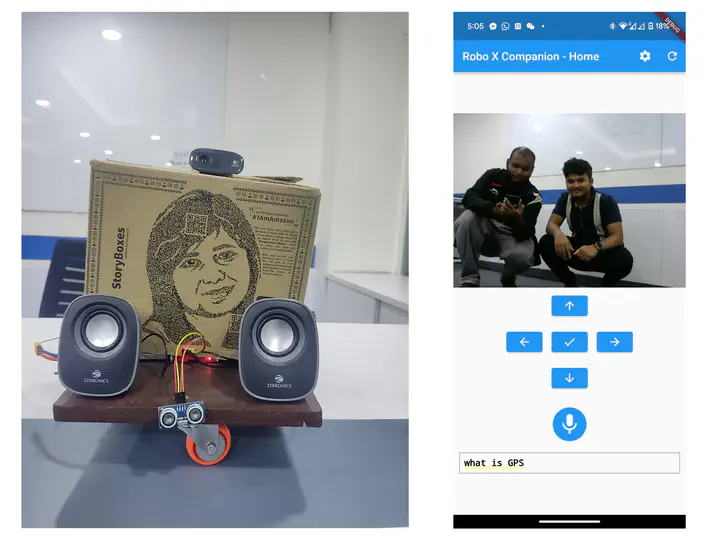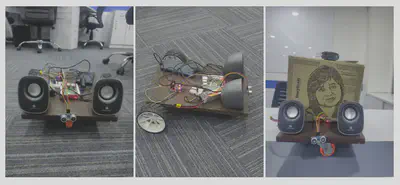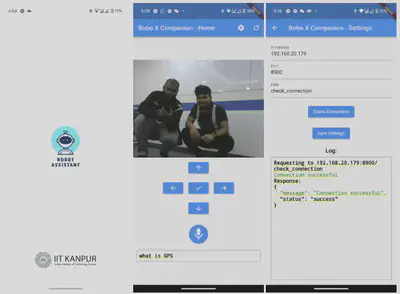Robo Assistant X - Your Personal Chatbot

Robot Assistant X is a voice assistant robot developed as a collaborative project. This document provides an overview of the project, including its design, methodology, implementation, and future plans.
Overview
In today’s world, where artificial intelligence and robotics are rapidly advancing, Robot Assistant X represents a significant step forward in human-machine interaction. The project combines Natural Language Processing (NLP) with robust hardware to create a user-friendly voice assistant robot. The goal is to provide a tool that is not only efficient but also easy for regular users to interact with.

Components
Software Components
- Server: Utilizes Raspbian 12 and Python for server operations.
- Mobile App: Developed using Flutter for a cross-platform, responsive interface.
- NLP Model: Implements an LSTM-based model using TensorFlow and Keras for natural language understanding.
- Chat Engine: Uses TensorFlow and Keras for efficient on-device natural language interactions.
Hardware Components
- Raspberry Pi: Serves as the central processing unit for the robot.
- Chassis: Constructed from sustainable materials for mounting components.
- Motors: Provide locomotion for the robot.
- Ultrasound Sensor: Enables distance sensing for obstacle avoidance.
- Camera: A Logitech USB camera for video streaming.
Implementation
Software Deployment
- Configured the server using Raspbian 12 and developed backend services in Python.
- Created a mobile app using Flutter for user interaction.
- Integrated NLP model with TensorFlow and Keras for natural language understanding.
- Established a Flask web server for video streaming and robot control.

Hardware Assembly
- Configured GPIO pins on the Raspberry Pi for motor control and distance sensing.
- Utilized an LMD293D dual H-bridge motor driver for precise control of DC motors.
- Integrated ultrasound sensor for obstacle avoidance.
- Connected a Logitech USB camera for video streaming.

Results
Machine Learning Model
- Achieved a model accuracy of 96.61% with a well-performing LSTM-based NLP model.
- Demonstrated effective chatting capabilities with users.

Chatting Output
- Real-time chat interaction showcased successful communication between the user and the robot.

Future Works
- Hardware Upgrades: Consider adding tactile sensors and improved motor controllers for enhanced navigation.
- Software Advances: Explore more complex NLP algorithms, possibly incorporating deep learning for nuanced understanding.
- Extended Functionality: Develop additional features such as facial recognition and task automation.
- UI Development: Refine the mobile app for a better user experience.
Conclusion
- Successfully delivered Robot Assistant X, a user-friendly voice assistant robot.
- Achieved technical milestones in blending NLP with reliable hardware.
- Demonstrated that advanced robotics can be accessible to end-users.
- Overcame challenges, reflecting robust problem-solving and innovation.
GitHub Repository
For the latest updates and source code, visit our GitHub repository: Robot Assistant X GitHub Repository